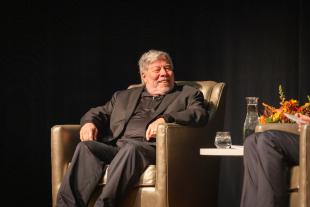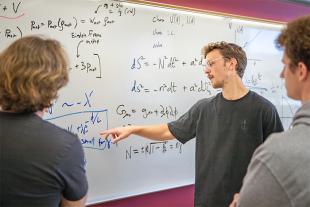'An Exciting Time to Be An Astronomer.' Physics Prof Joins Research Projects on Groundbreaking Telescope
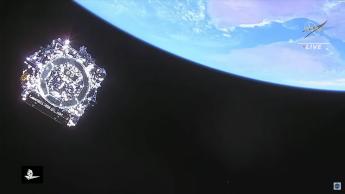
In late December, an important piece of scientific equipment blasted into space to embark on research that could change how we see the universe.
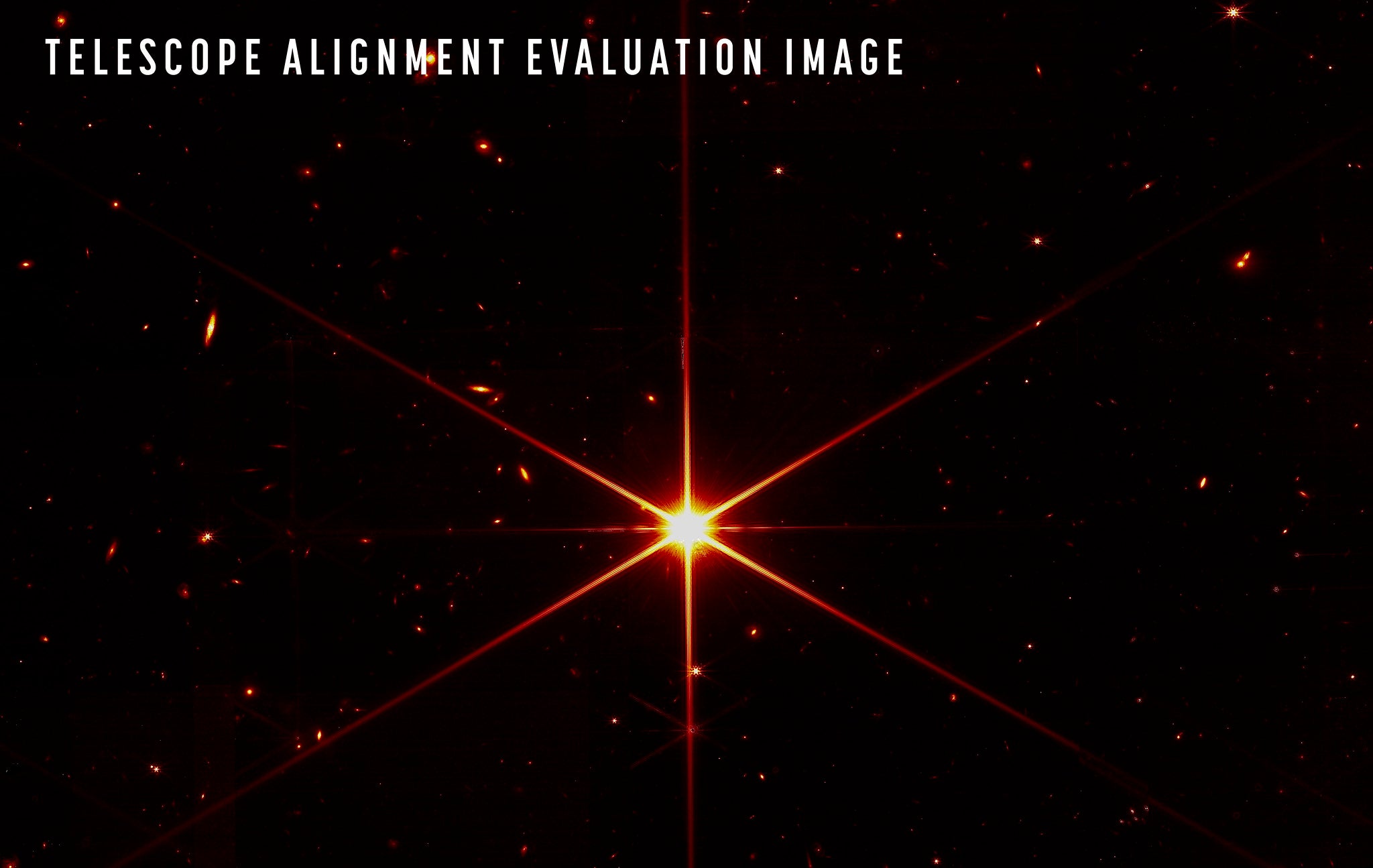
The James Webb Space Telescope, successor to the iconic Hubble Telescope that went into space in 1990, is a big deal: it’s an orbiting infrared observatory, meaning it has longer wavelength coverage and improved sensitivity that enables the telescope to look much closer to the beginning of time as well as to look inside dust clouds where stars and planetary systems are forming.
And there’s a Cal Poly connection to this history-making moment: physics Professor Vardha Bennert is involved in two research projects aboard the telescope. Bennert, who primarily studies active galactic nuclei and supermassive black holes, will use her expertise to advise researchers studying dark matter and the rate of expansion of the universe.
An active galactic nucleus, or AGN, is the center of a galaxy.
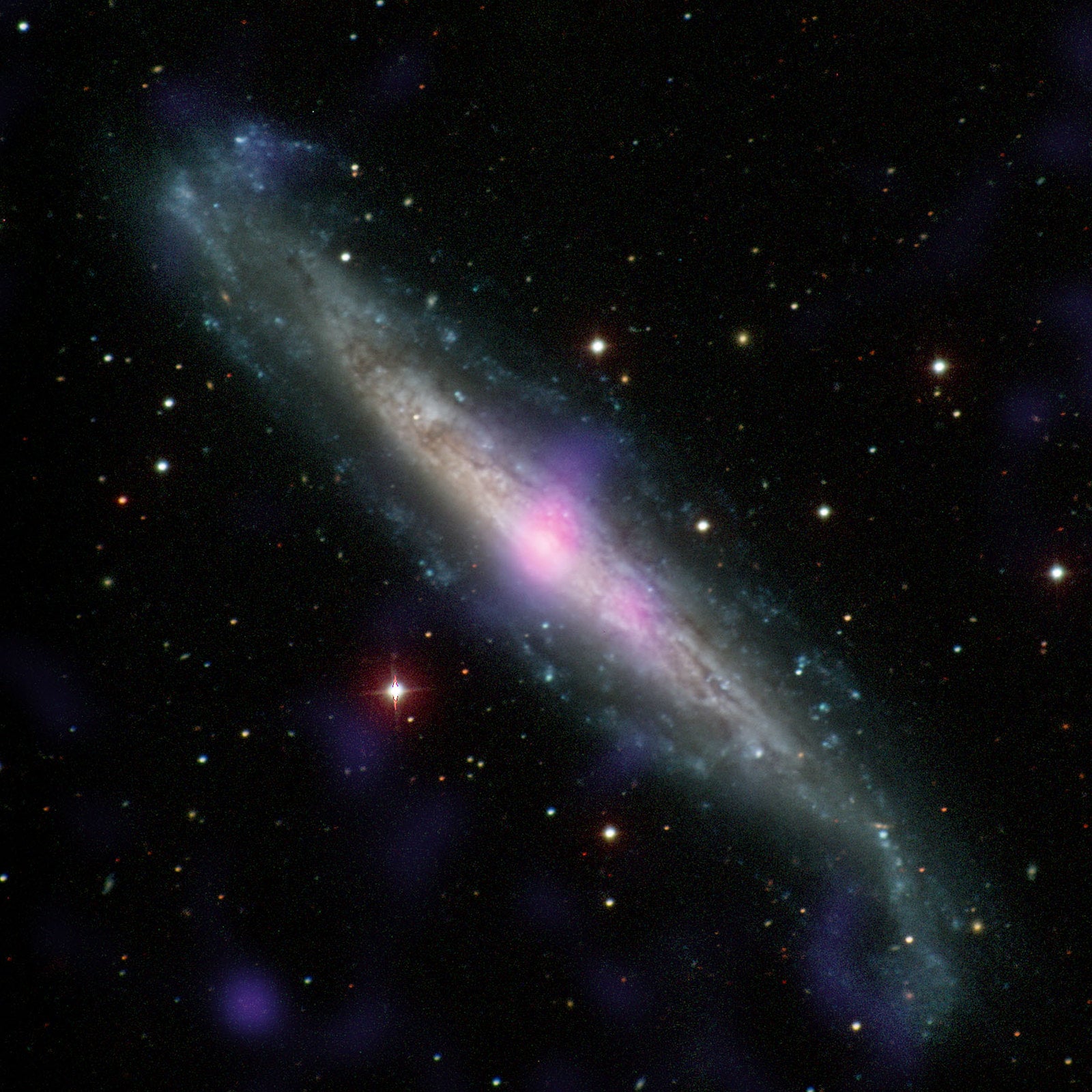
Scientists theorize that at the center of almost every galaxy is a supermassive black hole. If gas and dust accumulate around the black hole, they form a disk (called an accretion disk) that rotates around it.
“Even though black holes themselves don’t emit light, the accretion disks around them do, and then they become active galactic nuclei,” Bennert said. “These accretion disks can be as bright as an entire galaxy.”
Because the AGNs are so bright, scientists can use them as reference points to study cosmology, the study of the origins and development of the universe.
One of the research teams Bennert is involved in will use the dusty torus — the ring of dust that surrounds the smaller accretion disk — to probe small chunks of dark matter. The dusty torus only emits light in the infrared wavelength, which is why using the James Webb Space Telescope is so important to the research.
“What we know of the universe — what you and I are made of, what stars and galaxies and ordinary matter are made of, is only 5% of the universe,” Bennert said.
Scientists estimate that roughly 27% of the unknown universe is dark matter, so called because it doesn’t emit nor interact with light. Because it has mass, the only way scientists can detect it is through its interaction with gravity.
“Before the James Webb Space Telescope, we couldn’t have done this,” Bennert said.
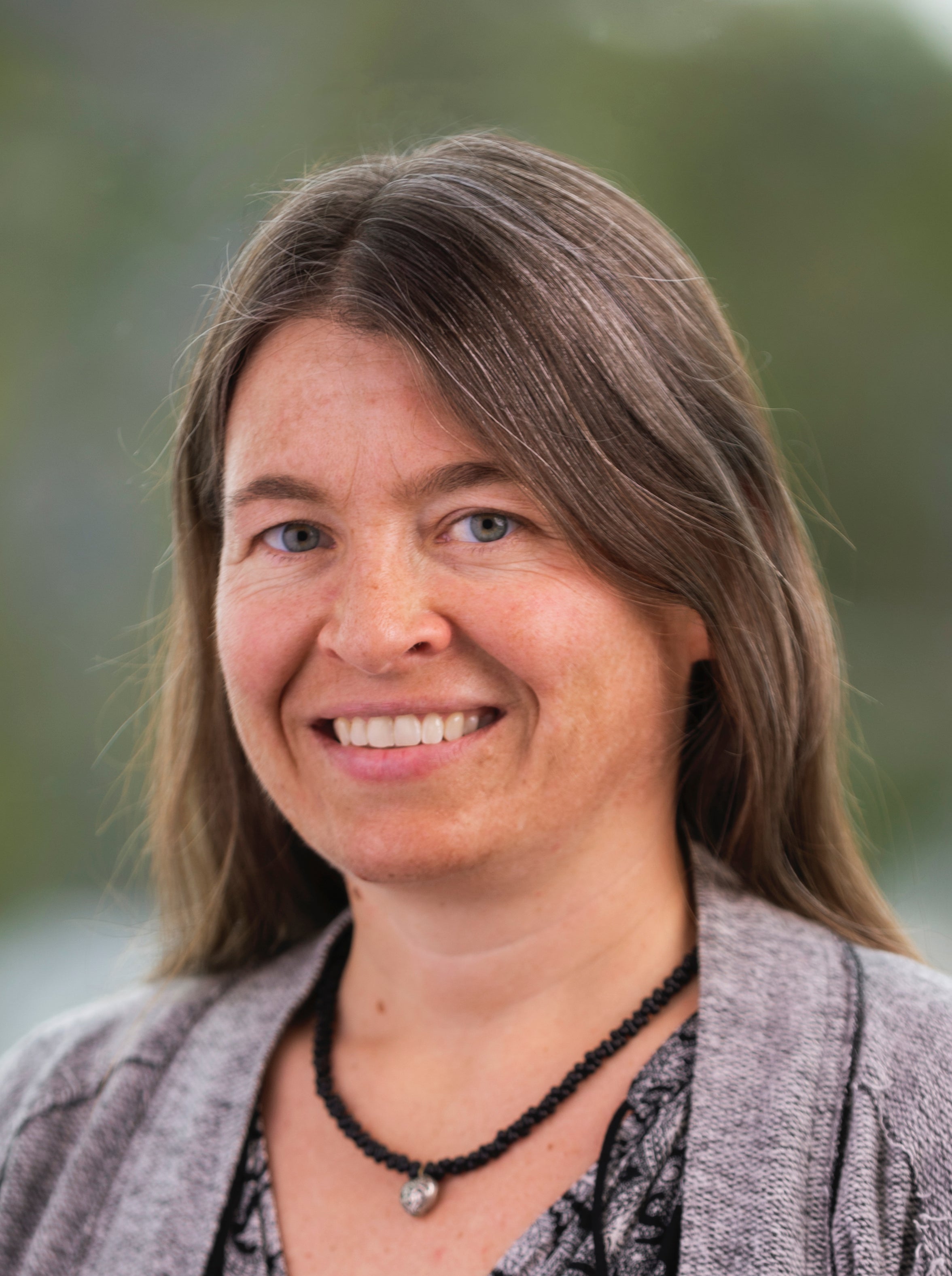
The other project Bennert is part of, headed by Tommaso Treu of UCLA, will also use active galactic nuclei, this time to measure the Hubble constant, which expresses the expansion rate of the universe.
The expansion rate is important because it can be extrapolated backward to learn when the Big Bang happened and find out the age of the universe. Scientists have already measured the universe’s expansion rate, but there are significant discrepancies in the different measurements. The team Bennert’s advising, which she became involved with after the research proposal was submitted, is hoping to understand why there are discrepancies and get a more accurate Hubble constant scientists can work with.
Getting research time on the James Webb Space Telescope was no small feat: Anna Nierenberg, assistant professor at UC Merced and the lead investigator on the dark matter project, submitted the proposal and it went through a highly selective peer-reviewed process to get approved.
“It’s really hard, it’s really competitive to get time, so you have to have a really good idea and you have to argue it really well,” Bennert said. “You need to argue why you need to do it with this telescope and why you can’t do it with any other telescope.”
In May, Bennert said the dark matter team’s first observation was scheduled and will occur between October and December 2022.
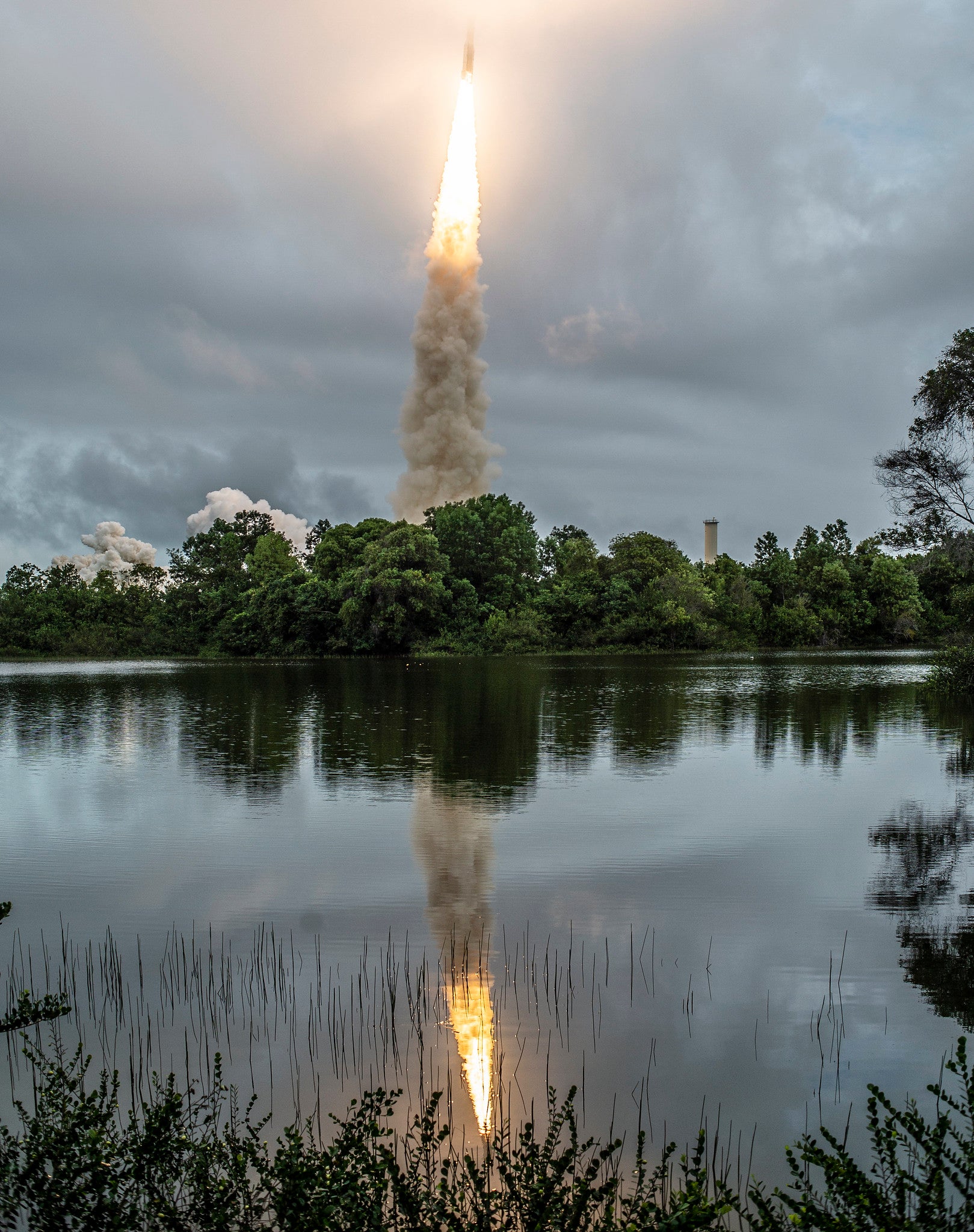
“This particular proposal has 16 investigators from around the world, from 10 different institutions, from 4 different countries,” Bennert said. “It's a team effort and I'm just a smaller one of those players. I’m really grateful to be involved and inspire my students with that as well.
Cosmology research is a totally new area for me, and both of these teams are doing cutting-edge research into the most important questions in cosmology: what is dark matter and what is the expansion rate of our universe,” she continued, adding that though she can’t predict what will happen, she expects many new discoveries with the James Webb Space Telescope.
“It’s definitely an exciting time to be an astronomer right now.”
Editor's note: The header image of the James Webb Space Telescope was captured by the cameras onboard the Ariane 5 rocket as the telescope separated from it following the launch in December. It is humanity's last look at the telescope as it heads to deep space. Image credit: Arianespace, ESA, NASA, CSA, CNES
Want more Learn by Doing stories in your life? Sign up for our monthly newsletter, the Cal Poly News Recap!


